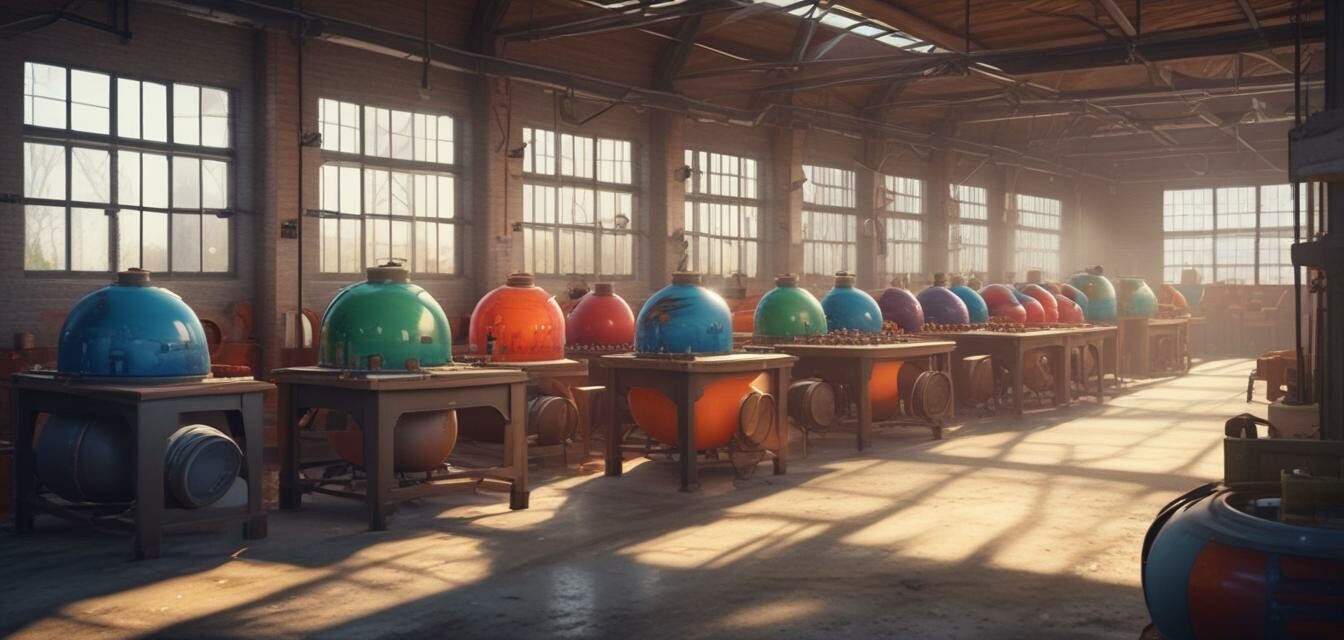
The Role of Kiln Size in Your Glass Art Projects
Key Takeaways
- Understanding kiln sizes helps you choose the right one for your projects.
- Smaller kilns are ideal for beginners or small projects.
- Larger kilns allow for more versatile and complex creations.
- The type of glass art you create determines your kiln needs.
- Considering space and budget is crucial when selecting a kiln.
Choosing the right kiln size can have a significant impact on your glass art projects. Whether you are a seasoned artist or a beginner, understanding how kiln size influences the results of your work can help you make informed decisions. In this article, we will delve into the different kiln sizes available, their optimal uses, and considerations you should keep in mind when selecting the perfect kiln for your glass-making journey.
Understanding Kiln Sizes
Kiln size is determined by the internal dimensions, which dictate how much glass you can fire at one time. The most common sizes include:
| Kiln Size | Capacity | Ideal For |
|---|---|---|
| Tabletop Kilns | 1-2 square feet | Beginners, small projects |
| Medium Kilns | 2-4 square feet | Intermediate artists, small to medium projects |
| Large Kilns | 4+ square feet | Advanced artists, large or multiple projects |
Tabletop Kilns
Tabletop kilns serve as an excellent starting point for beginners. They are compact and portable, making them easy to use in a variety of spaces. Their smaller capacity makes them ideal for:
- Jewelry making
- Small decorative pieces
- Experimental glass projects
Medium Kilns
As you gain more experience, a medium kiln can provide the flexibility needed for more extensive projects. These kilns often accommodate:
- Wall art
- Functional glassware
- Multiple smaller items in one firing
Large Kilns
For serious artists or those looking to produce larger works, a large kiln is essential. Benefits include:
- Space for larger installations
- The ability to work on multiple projects concurrently
- Greater versatility in design possibilities
Tips for Choosing the Right Kiln Size
- Assess your projects: Evaluate the types of glass art projects you plan to create.
- Consider your space: Ensure you have adequate space for the kiln, including ventilation and access.
- Budget wisely: Larger kilns will typically cost more, both in initial investment and energy usage.
- Plan for growth: Choose a kiln that allows you to expand your capabilities as an artist.
Factors to Consider When Choosing a Kiln Size
Beyond the size and capacity, several factors can influence your choice of kiln:
| Factor | Considerations |
|---|---|
| Experience Level | Beginners may start with smaller kilns; advanced users might require larger ones. |
| Project Type | The nature and scale of your art will influence size requirements. |
| Electrical Supply | Ensure your setup can accommodate the power needs of the kiln. |
| Cost | Factor in the purchase price, operating costs, and potential maintenance expenses. |
Conclusion
Understanding the role of kiln size in your glass art projects is essential for achieving the best results. Whether you choose a tabletop, medium, or large kiln, each size offers unique advantages suited for different needs. By evaluating your projects, considering your space, and planning for the future, you can select the best kiln to enhance your glass-making skills. Explore more on [glass kilns](https://yourwebsite.com/products/glass-kilns) and find the perfect fit for your creative endeavors!

